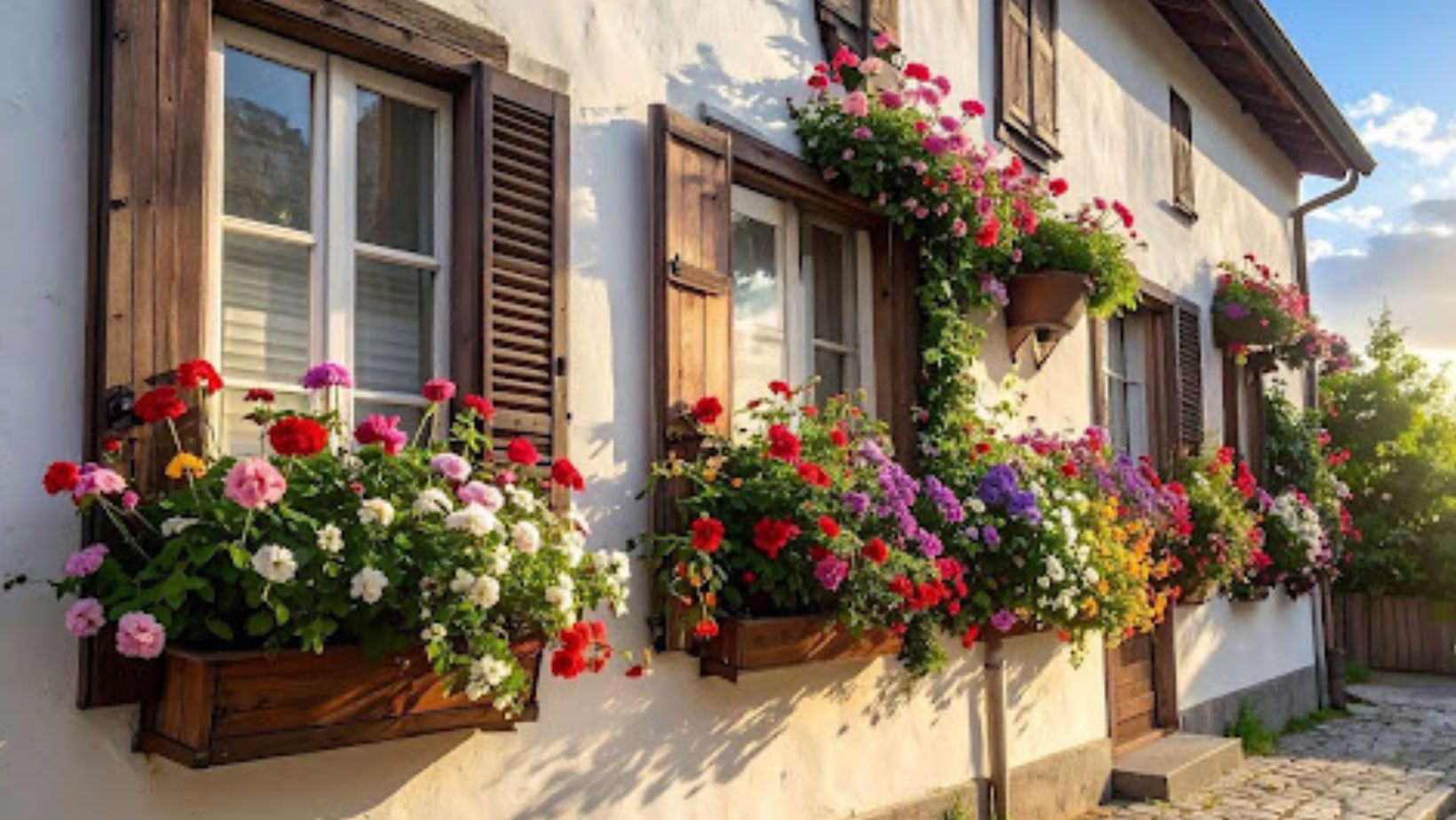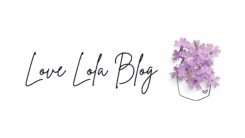A home’s exterior tells a story before a single door is opened, and few elements can contribute as charmingly to that narrative as the flower window box. These elevated gardens frame a view, soften architectural lines, and inject a vibrant dose of personality directly onto a facade. More than just containers for blooms, they’re a dynamic design feature capable of transforming a standard window into a picturesque focal point. Achieving this transformation, however, requires a thoughtful consideration of design principles, plant selection, and harmonious integration with the home’s existing character.
The following guidelines can provide a comprehensive roadmap for creating stunning floral displays that captivate and impress throughout the year:
1. Mastering the Thriller, Filler, Spiller Formula
This classic container gardening principle is suited for creating dynamic and visually satisfying window boxes. The formula can provide a structural blueprint for an arrangement that’s lush, balanced, and full of movement. Below are some things to consider:
The Thriller
This is the star of the show, a plant that adds vertical interest and serves as a focal point. Thrillers are placed toward the back or center of the window box. Excellent choices include ornamental grasses, such as fountain grass, or spiky plants like dracaena or salvia, or even a dramatic canna lily for a large box. The thriller’s role is to draw the eye upward and establish the arrangement’s primary height.
The Filler
As the name implies, fillers are mounding or clustering plants that make up the bulk of the arrangement, surrounding the thriller and creating a sense of abundance. Their primary function is to provide volume and color. Ideal fillers include geraniums, petunias, begonias, calibrachoa, and coleus.
The Spiller
Spillers are trailing plants that gracefully cascade over the edge of the box, softening its hard lines and creating a sense of flow. This element is crucial for connecting the window box to the wall and adding a layer of softness. Proven winners for spillers include ivy, sweet potato vine, bacopa, lobelia, and trailing verbena. The spiller component can ensure the display feels organic and overflowing with life.
2. Selecting the Right Box for the Home’s Architecture
The window box itself is a key design element that should complement the home’s architectural style. The following elements can contribute significantly to the final aesthetic:
- Material Matters: Wooden boxes, particularly cedar or teak, offer a traditional, rustic charm that suits Cape Cod, Craftsman, and Colonial-style homes. Modern fibreglass or polyurethane window box planters are lightweight, durable, and can mimic the look of wood or stone. Metal flower window boxes, like copper or galvanized steel, can lend an industrial or contemporary vibe.
- Color and Finish: A window box can be painted to match the home’s trim, creating a seamless, integrated look. Alternatively, choosing a contrasting color can make the custom window boxes stand out as intentional design features. A black box against a white house is timeless, while a deep green can complement natural surroundings. The finish should also be considered. For example, a glossy box feels more formal, while a matte or weathered finish is more casual.
- Scale and Proportion: A window box should be proportionate to the window it adorns. A large picture window can accommodate a deep and wide box, while a smaller double-hung window requires a slimmer profile. The general rule is that the box should be slightly narrower than the window width to maintain visual balance.
Therefore, for those seeking inspiration and high-quality options, checking out resources like Flower Window Boxes would be an excellent starting point to gain a wealth of possibilities to begin the journey.
3. Curating a Cohesive Color Palette
Color is one of the most powerful tools in a gardener’s arsenal, capable of evoking specific moods and tying the window box into the home’s overall color scheme. Here’s how to curate a cohesive color palette:
Monochromatic Schemes
Utilizing varying shades of a single color creates an elegant, sophisticated, and serene appearance. A palette of all white, featuring white bacopa, alyssum, and impatiens, can look exceptionally crisp and clean against a dark exterior. A monochromatic scheme of pinks, from pale blush to deep magenta, feels romantic and cohesive.
Analogous Schemes
This approach uses colors that are next to each other on the color wheel, such as blue, purple, and pink. The result is harmonious and pleasing to the eye without being monotonous. Homeowners can imagine a combination of blue lobelia, purple petunias, and pink verbena.
Complementary Schemes
For a bold, high-impact statement, it’s best to pair colors that are opposite each other on the color wheel. The classic combination of purple and yellow is a vibrant example. Orange marigolds paired with blue fan flowers (scaevola) can create a dynamic and energetic display that’s sure to capture attention.
4. Incorporating Texture and Foliage

While flowers can provide color, foliage and texture can add substance and year-round structure. Relying solely on blooms can lead to a lull in interest when flowers fade. For instance, plants with interesting leaves can be just as, if not more, captivating than flowers. Hence, it can be a good idea to consider the silvery, velvety leaves of dusty miller, the dark, almost black foliage of sweet potato vine ‘Blackie’, or the striking patterns of caladiums.
On the other hand, incorporating plants with diverse leaf structures can create a more compelling and lush arrangement. For an enchanting evening effect, the addition of subtle outdoor lighting can cast dramatic shadows that further accentuate these intricate textures. It’s also best to pair the broad, smooth leaves of a geranium with the fine, delicate texture of a licorice plant or the spiky, architectural form of a phormium.
Conclusion
By thoughtfully applying these design strategies, flower window boxes can become more than mere decorations; they evolve into integral components of a home’s exterior design. They can provide an opportunity for creative expression while significantly enhancing the property’s charm and overall curb appeal.



